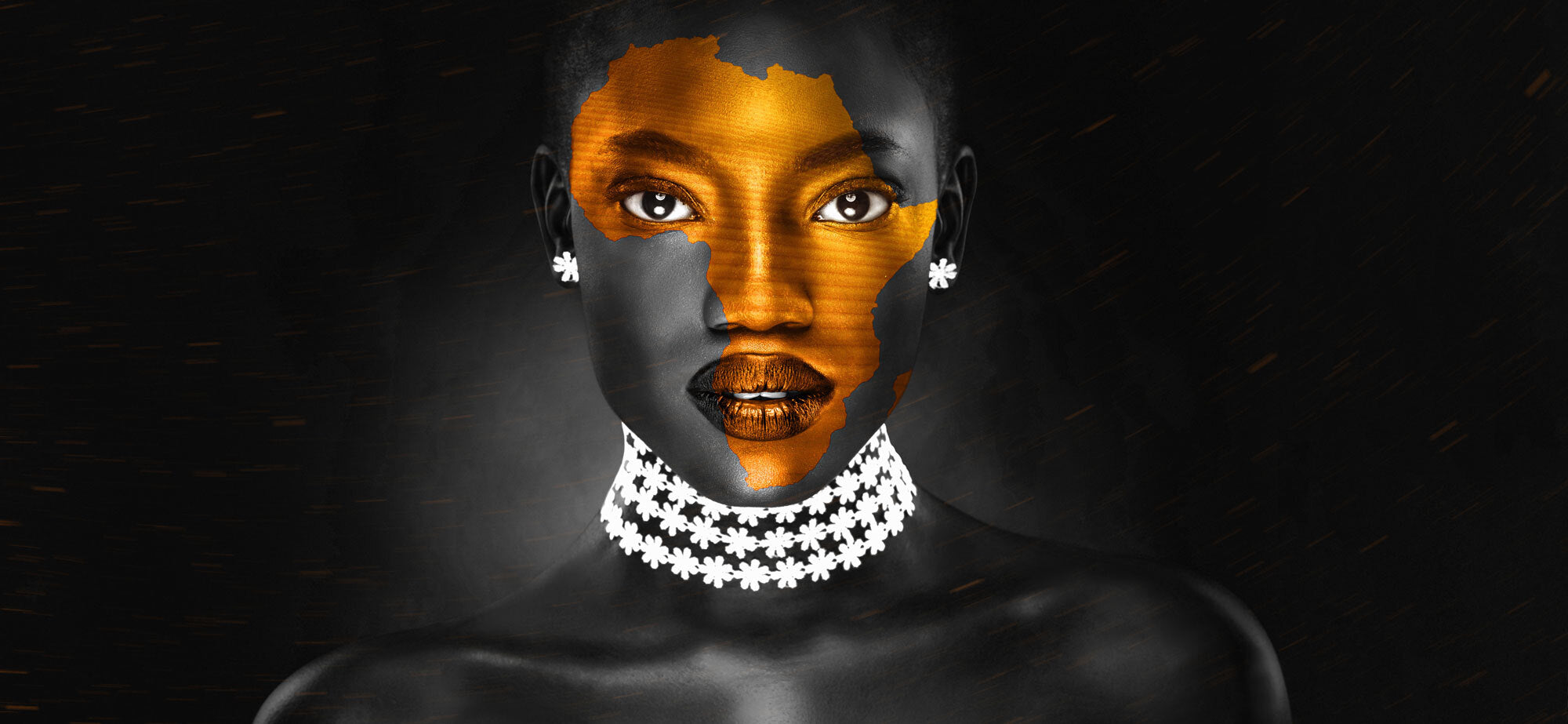
Understanding Acne Face Mapping
Acne is a common skin condition that affects people of all ages. While various factors contribute to acne, one intriguing approach to understanding the root causes of acne is face mapping. Face mapping is a centuries-old practice rooted in traditional Chinese medicine that suggests a connection between the location of acne breakouts on your face and the underlying health issues. In this article, we'll explore some common questions related to acne face mapping.
Is the Acne Face Map Accurate?
Acne face mapping is a holistic approach that associates specific areas of the face with various internal imbalances. While it's not a definitive diagnosis, it can provide insights into potential underlying issues. For example, the forehead is often linked to digestive problems, while the chin may signal hormonal imbalances. It's essential to remember that individual experiences may vary.
What is Your Acne Telling You According to Face Mapping?
Face mapping divides the face into different zones, each associated with specific organs or systems in the body. According to this practice, the location of your acne can provide clues about your overall health:
- Forehead: Acne on the forehead is often linked to digestive issues and stress. It may suggest that you need to pay more attention to your diet and stress management techniques.
- Nose and Between the Brows: These areas are typically associated with the liver, so acne here may indicate liver problems. Reducing alcohol consumption and focusing on liver-friendly foods can help.
- Cheeks: Acne on the cheeks might be connected to respiratory problems or allergies. Ensuring good air quality and managing allergies can make a difference.
- Chin and Jawline: Hormonal imbalances are frequently blamed for acne in this region. It's common in women and often linked to the menstrual cycle. Managing hormones through a balanced diet and lifestyle changes can help.
What Areas of Your Face Do You Get Acne?
Identifying which areas of your face are prone to acne breakouts can provide insights into your skin's unique needs. You might find that your acne tends to concentrate in one particular zone or spreads across multiple areas. By paying attention to these patterns, you can tailor your skincare routine and lifestyle habits to address the underlying issues better.
Why is My T-zone Breaking Out?
The T-zone, which includes the forehead, nose, and chin, is a common trouble spot for many individuals. This area is prone to increased oil production than the rest of the face due to a higher concentration of sebaceous glands. This excess sebum can lead to clogged pores and acne. Genetics, hormonal fluctuations, and skincare habits can contribute to T-zone breakouts. Incorporating a balanced skincare routine, including gentle exfoliation and non-comedogenic products, can help manage this common issue.
How to Address Acne Based on Face Mapping
Understanding acne face mapping is just the first step. Here are some tips to help you address acne in specific areas of your face:
- Forehead: To improve digestive health, consider adding more fruits, vegetables, and fiber to your diet. Staying hydrated is crucial for overall skin health.
- Cheeks: Ensure you have a clean environment, and regularly cleanse your face to remove impurities. Avoid resting your hands or phone against your cheeks, as this can transfer dirt and bacteria.
- Nose: Pay attention to your cardiovascular health. A balanced diet and regular exercise can support your heart and circulatory system. Additionally, proper skin care can help minimize blackheads on the nose.
- Chin and Jawline: For hormonal acne, consult a healthcare professional. Birth control, topical treatments, or other medical interventions may be necessary. Maintain a consistent skincare routine to prevent breakouts in this area.
The Importance of a Holistic Approach
While acne face mapping can provide helpful insights, it's essential to approach your skincare holistically. Factors like genetics, lifestyle, diet, and skincare habits all play a role in your skin's condition. What works for one person may not work for another, and individual responses can vary.
In conclusion, while acne face mapping is not a definitive diagnostic tool, it can offer valuable insights into potential triggers for acne breakouts. By paying attention to the specific areas of your face affected by breakouts, you can adjust your skincare routine and lifestyle. Understanding the connections between specific facial areas and underlying health issues can guide you in making informed decisions about your skincare routine and overall well-being.






